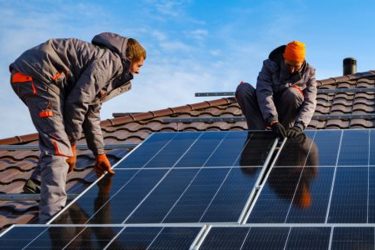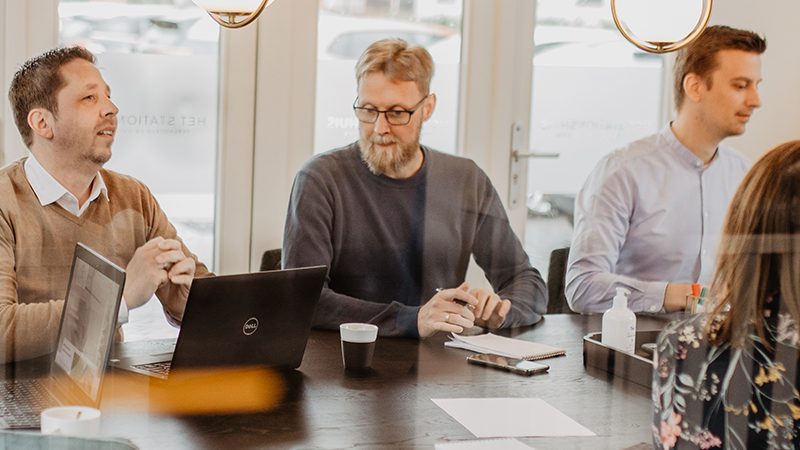The construction and real estate industry faces a challenging paradox: pursuing sustainability while keeping homes and buildings affordable. These two crucial goals often seem to be in conflict, especially given the rising cost of building materials and implementing environmentally friendly practices. So do sustainability and affordability go hand in hand when you’re a real estate developer?
The ‘cucumber comparison’
A striking comparison is that of the organic cucumber sitting next to its conventional counterpart in the supermarket. The organic version is undoubtedly better for the environment, but comes with a higher price tag. A similar situation can be seen in the construction industry, where sustainable building materials and techniques are often more expensive than their traditional alternatives.
The complexity of sustainable materials and methods
One of the biggest obstacles to sustainable construction is the availability and cost of sustainable materials. As with the organic cucumber, sustainable building materials are often harder to obtain and therefore more expensive. This is partly due to the scarcity of these materials, but also to the limited experience and knowledge within the sector. This lack of knowledge not only leads to higher costs, but also to uncertainty among developers and contractors about the feasibility of projects.
‘The transition to a fully sustainable construction economy remains a long and complex process. As a result, the prices of these materials remain high and their availability limited’, we read in this article from Bouw en Uitvoering. In addition, there are often additional costs associated with designing and building sustainable buildings, because the necessary personnel and expertise are not always available. This can slow down the construction process and lead to additional costs.
Furthermore, there is often a lack of reliable data and models to understand the true costs and benefits of sustainable construction projects, which can deter potential investors.
Long term vs. short term
Although the initial costs of sustainable construction can be higher, it is often forgotten that sustainable buildings can be more financially beneficial in the long term. For example, sustainable buildings have lower operational costs due to their energy efficiency and lower maintenance costs. This makes them more attractive to investors and housing associations looking for long-term investments. However, these benefits are often overlooked in the decision-making phase, because the focus is usually on short-term costs.
Innovation and progress
Despite the challenges, there are positive developments. Innovative construction methods, such as the use of lightweight steel frames and prefabricated components, demonstrate that affordable and sustainable construction is possible. These methods not only help to reduce construction costs, but also contribute to sustainability through, for example, less waste and energy loss.
The challenge for the construction sector is to find a balance between sustainability and affordability. The long-term benefits of sustainability should not be underestimated. It is important that the financial component of sustainable construction is made manageable.
More about that in our next blog.


